To get any insight at all into what Jesus’ childhood and upbringing were like, you have to do something that sometimes makes Protestants uncomfortable: study Mary.
Connections between the adult Jesus, His childhood, and the family in which He was raised aren’t easy to make. At first glance, the Gospels don’t seem to sympathize with our natural human curiosity; whatever the Gospel writers had in mind, producing complete biographies of Jesus wasn’t it. Mark omits Christmas altogether and starts with Jesus getting baptized and launching His career. John has a short prelude and then does the same thing. Matthew and Luke give us the infancy narratives with a couple of sketchy references to childhood (flight into Egypt for Matthew, visit to the Temple in Luke), and that is pretty much it.
To get any insight at all into what Jesus’ childhood and upbringing were like, you have to do something that sometimes makes Protestants uncomfortable: study Mary. Even this late in the Christmas season, I haven’t yet written much about Mary at the Yule Blog, other than to write about her virginity. That is a characteristically Protestant and American choice. Throughout the Islamic, Eastern Orthodox, and Roman Catholic worlds, the Virgin Mary isn’t just a figure in a storybook. She’s the object of widespread popular devotion.
Much of this makes Protestants queasy for both cultural and theological reasons. Culturally, the folk piety of the Middle Ages combined Christian concepts with pre-Christian rituals and ideas. Christmas trees and Easter eggs had their origins in pagan customs and ceremonies; in many cases the old gods and spirits lived on, thinly veiled, as saints. We can see something like this today in Brazil and the Caribbean where African religious figures and ideas have been conflated with Catholic saints in various ways. The Virgin Mary, a powerful female figure associated with fertility, was a comfortable fit for many of the pre-Christian cults.
The traditional European missionary strategy for Christianity was to assimilate as many features of traditional piety and culture as possible to the new religion. In addition, much of Europe was converted to Christianity from the top down. Kings and the nobility adopted the new faith, and it only slowly “trickled down” to the illiterate commoners. By the time of the Reformation, a wide gap had opened up between the folk piety in the countryside and the way that educated people understood their faith.
The Reformers stood for what they saw as an intellectually consistent Christian position, and they wanted to bring all of cultural life under biblical norms. They associated popular rites, shrines, and customs with the “high places” and “groves” that reforming kings like Josiah sought to abolish in ancient Judea. At the same time, they argued that the Catholic belief that saints (and especially the Virgin Mary) could and would intercede on behalf of sinners was doctrinally wrong and a source of corruption in the church. It demeaned God, they believed, to suggest that intercession from Mary would change His mind. Is God’s compassion so limited, His wrath so blind, that He won’t show mercy unless the Virgin intercedes?
Surely not, said the Reformers, and they promoted an individualistic faith in which each person stood alone before Christ. There was only one intercessor, only one mediator sinners required, and it was the son, not the mother who was the route to the Father. There was little room in this for the traditional veneration of the Virgin, and to this day Mary plays a very small part in the piety and the culture of the Protestant world.
Another aspect of the traditional Marian cult made Protestants nervous. The attention traditionally paid to Mary’s role not only detracted, Protestants thought, from the unique stature and work of Jesus; it also undercut the Protestant idea that salvation came through faith alone, with good actions having nothing to do with it. When Catholics celebrated Mary as the Second Eve whose obedience restored the relationship with God that the first Eve lost, Protestants heard this as a claim that human beings by their own will could overcome the effects of sin.
This is all very well, and I’m writing this blog to celebrate Christmas rather than to meddle in centuries-old theological quarrels, but I think the Protestant reaction against the excesses of medieval Mariolatry has gone too far. It’s possible that some of the Reformers threw out the mother along with the bathwater, and the Christmas season seems like a good time to reflect on the theology, rather than the cult, of Mary.
The key to the classic understanding of who Mary is lies in ideas that the overwhelming majority of American Protestant churches share with the Catholics and the Orthodox. Specifically, these have to do with who Jesus was.
Jesus is nothing if not paradoxical. On the one hand, Christians believe, He is the Second Person of the Trinity. But, say Christians, Jesus is also a human being. How does this work? Like the Trinity itself, the nature of the relationship between the divine and human in Christ is a complicated idea, and over the centuries has been described in very technical ways by theologians much better educated than me. With some notable exceptions, most Christians have held that Jesus has two natures combined in one person. He is fully divine, fully human—and still somehow just one person, one self. This idea was not formalized until the Council of Chalcedon in AD 451, but the implications for Mary were already clear enough that 20 years earlier she was proclaimed Theotokos at the Council of Ephesus.
Theotokos can be translated into English several ways: the most common is “Mother of God,” and a very large majority of Christians around the world considers Mary to be, literally, the Mother of God. Since Jesus’ two natures are combined in one person, she must be considered not only the mother of His “human side”; she is the mother of the whole person. God’s love knows no bounds; His decision to enter history was so unlimited, so unconditional, and so total that God became the son of a human woman.
I want to stress that this is not a point of theology that divides Protestants and Catholics. Martin Luther, John Calvin, and Charles Wesley all subscribed to the concepts laid down at Ephesus and Chalcedon; contemporary Methodists, Baptists, Presbyterians, Congregationalists, Episcopalians, and many others adhere to churches and traditions that consider these ideas to be basic parts of the Christian faith. (Mormons and Unitarians do not; most mainline Protestants, evangelicals, and Pentecostals do.)
The question I’d like to suggest for readers here toward the end of the Christmas season is this: What respect and honor is due to the Mother of God? To sharpen it a bit, remember that Christians believe that Jesus perfectly fulfilled the law of Moses, not just ritualistically or to external appearances but sincerely and from the heart. The ten commandments sum up that law; the fifth commandment tells us to “honor your mother and father.” Christians believe that Jesus honored His Father by a life of perfect obedience all the way to the cross. What honor do we think He paid to His mother? How exalted is she in heaven? What good thing would He withhold from her? What honor should we, His brothers and sisters by adoption, pay to the mother of our Savior and Lord, a woman who, if we take these things seriously, must be considered in some very important sense the mother of all believers?
I am not suggesting that once the pandemic ends Southern Baptists start chartering planes for pilgrimages to Lourdes or holding Wednesday-night rosary sessions. And it’s clear to me (as indeed it is to most Catholics and Orthodox) that the most important way of honoring the Virgin Mary is to do your best to follow her son. Yet sometime during the Christmas season, it might be worthwhile for my fellow Protestants to ask themselves how they propose to honor the Mother of God this year.
If Marian doctrine originates in our attempts to come to grips with the nature of Jesus, our understanding of Jesus will deepen if we study her. Christians of all stripes can usefully spend some time thinking about the woman who became the Mother of God, and looking at some of the ways she seems to have left her mark on Jesus.
The passionate concern for the poor that shaped much of Jesus’ ministry can already be seen in her response to the angel Gabriel as reported by Luke. Giving thanks to God, she says of Him that:
He hath showed strength with his arm; he hath scattered the proud in the imagination of their hearts.
He hath put down the mighty from their seat, and hath exalted the humble and meek.
He hath filled the hungry with good things; and the rich he hath sent empty away.
This is not a bad description of what Jesus did as an adult. The empathy for social outsiders, the refusal to be fooled or intimidated by wealth and social position, the radical intolerance of the abuse of privilege—they all seem prefigured in the words of His mother.
Another way in which Jesus was unusual for His time was His willingness to engage in serious intellectual and moral conversation with independent and unconventional women. The “woman of Samaria” who interrogated him about the water of life, Mary Magdalene, the two women from Bethany (Martha and Mary) who were clearly His close friends, the woman “taken in adultery” whose stoning He prevented: Jesus is comfortable and relaxed with many of the women He meets, jokes with them, and takes them utterly seriously as free human beings. There is not one single verse in the Gospels in which Jesus says or does anything to suggest that women are anything less than men. This is one of the most unusual things about Jesus. He doesn’t seem to have had a misogynist bone in His body. We don’t see that in the lives of other great men of antiquity: not even people like Socrates and Plato. Do we really have to ask ourselves who taught him to see women this way?
Down through the ages, Christian civilization has often treated women badly, yet visitors from other great world civilizations have often remarked on the (relative) freedom and equality that women enjoyed in the Christian world. The cult of the Virgin played some part in this; the medieval concept of the courteous and chivalrous knight was often associated with Marian piety.
I like to think that there is something more: from what the Bible tells us about Mary, we know that Jesus was the son of a strong and independent woman. Steeped in the ethical traditions of Judaism, she was passionate about justice and willing to stake everything on her sense of God’s call. She had a soft spot for social outcasts—after all, she was once in the position of being an unmarried, pregnant woman in a censorious and traditional society. She was thoughtful and meditative, but capable of swift and decisive action when the time came.
She was unflinching and courageous. She followed God, not social convention. She was ready to be snickered at and pitied by the gossips of Nazareth and to risk her relationship with Joseph to respond to God’s call. She followed Jesus to the cross and watched her son die; her loving presence would have been one of the few comforts He had during that final ordeal. She was ready to respond to the unexpected, to have her life wrenched out of a comfortable and traditional groove when God showed her that He had something else in mind.
This is the kind of woman to whom God came looking for a mother for Jesus. No other human being in the history of monotheism (other than Jesus) was called to this kind of intimacy with God. And if Christians take their own theology seriously, our Lord and Savior was shaped by her genes and her character. Mothering is serious business, something I think about often as Christmas follows Christmas without my own mother at the holiday feast. Jesus would not have been who He was if He had had another mother or no mother at all. She put a lot of herself in her son, leaving an imprint on His character that is visible from a distance of two thousand years. And she didn’t just mark him. She marked, marks us. Our civilization, for better or worse, has been shaped through its complicated, many-sided encounter with the man she raised and the faith that grew up around Him. We are all sons and daughters of Mary today, whether we acknowledge it or not.
I grew up in the Episcopal Church where one of the favorite hymns was “Ye Watchers and Ye Holy Ones,” often sung on All Saints’ Day (November 1). I was an adult before I realized that one of the stanzas invokes the Virgin Mary:
O higher than the cherubim,
More glorious than the seraphim,
Lead their praises, Alleluia!
Thou Bearer of the eternal Word,
Most gracious, magnify the Lord,
Alleluia! Alleluia
“All generations,” she marveled to the angel while accepting God’s request to bear His son, “shall call me blessed.” For two thousand years they have; God blessed her and through her, He continues to bless us all. By saying “yes” to God’s plan, she became the mother of meaning; without her, Christmas just doesn’t add up.
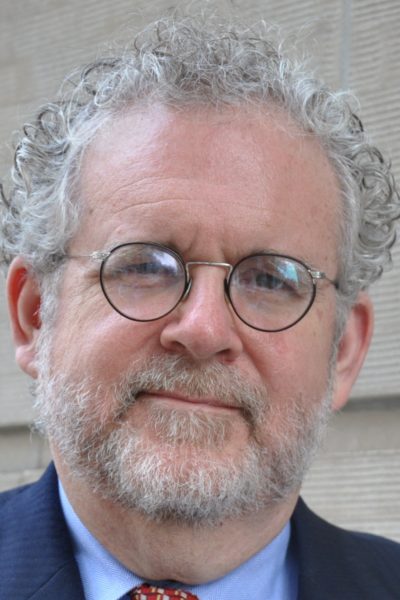
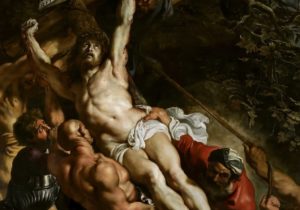
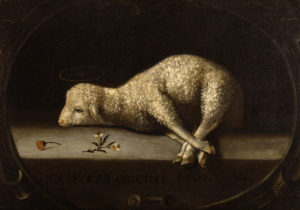
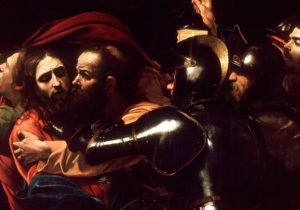
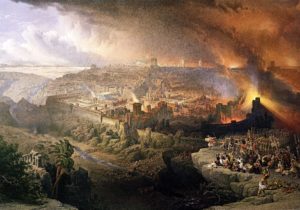
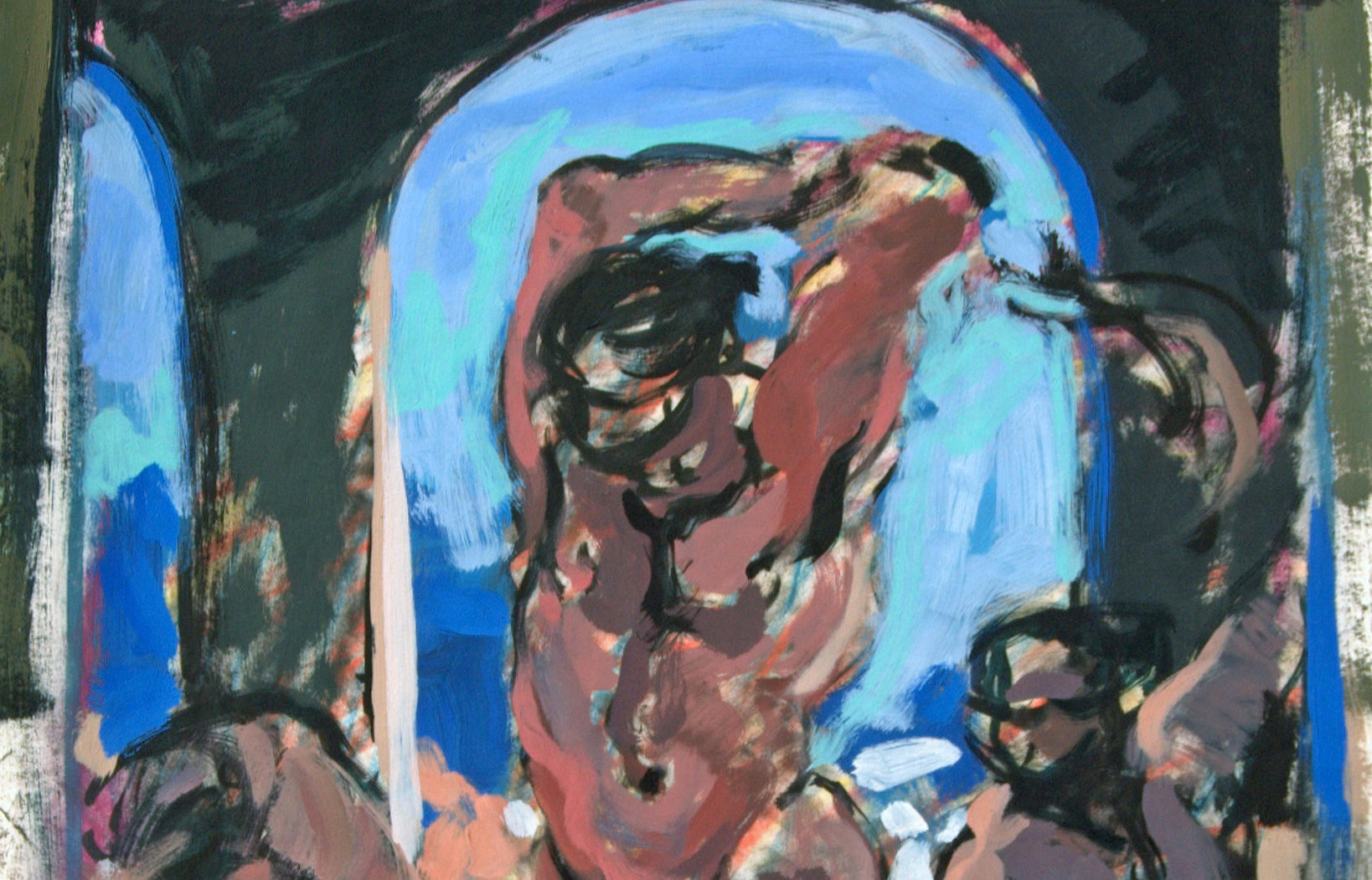

 Sponsor a student for Christianity & National Security 2024
Sponsor a student for Christianity & National Security 2024